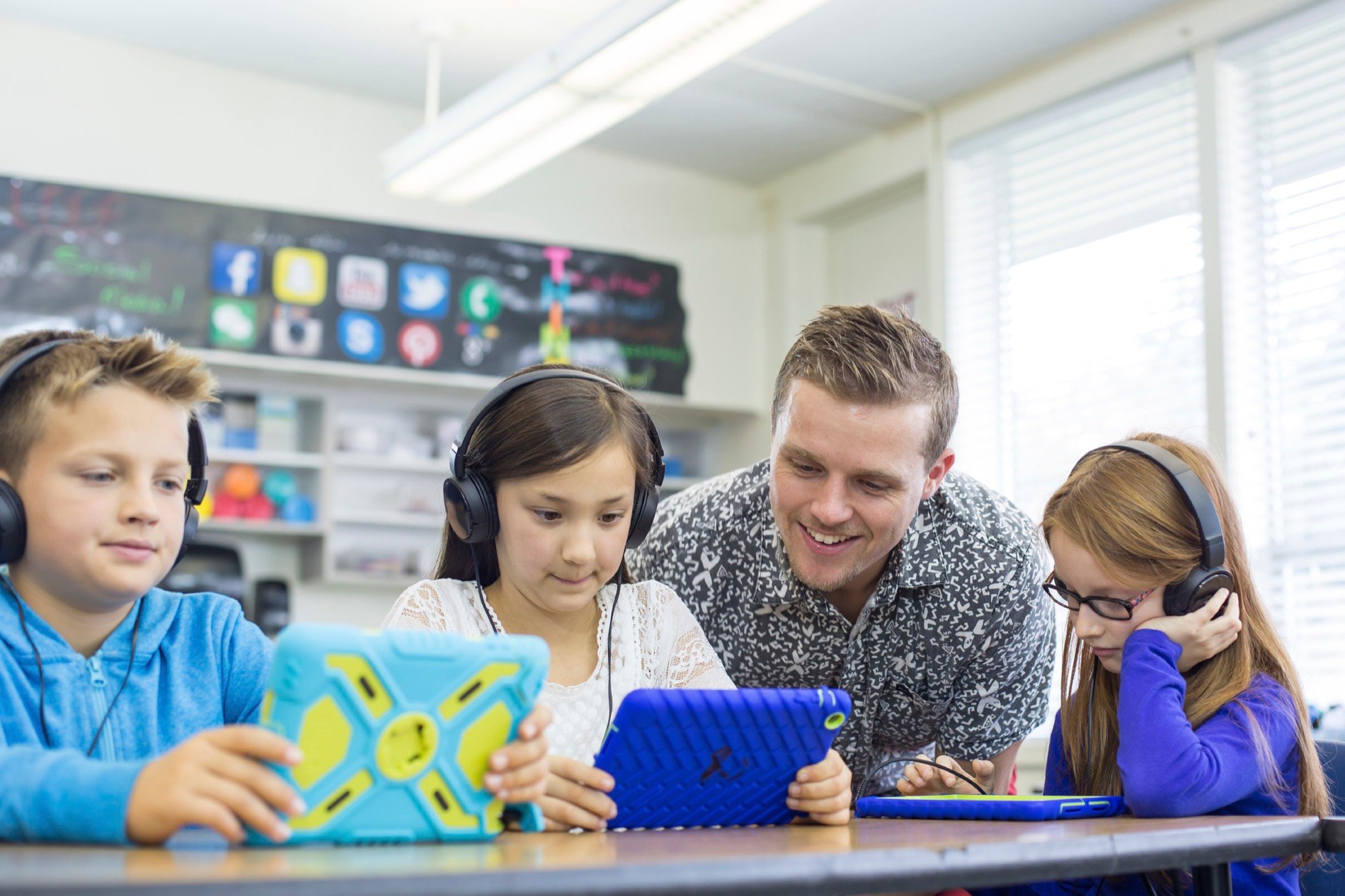Learning has evolved to a point where augmented reality (AR) is a possibility. It’s evolved to a point where the environment adapts to learners' needs and as I like to say it the learning process is as interactive and as immersive as ever.
What is augmented learning?
Augmented learning, by principle, works by providing learners with a whole new dimension of content delivery. Put it this way: I place my phone in front of a science exhibit and my phone’s screen displays all data relevant to the exhibit. The learning content normally found in textbooks becomes alive and interactive. AR superimposes information on the learner’s visual and/or auditory perspective and incorporates text, video, 3D and even 4D graphics, and lots of other interactive information. In essence AR amplifies the user’s senses and unlocks yet another layer of digital information all with the power of mobile devices. The Microsoft HoloLens and Google Glass, for example, are both wearable AR devices which work by projecting a set of images, video and sound output while the user wears a device on his/her head. The goal of augmented learning is to enhance learner experience and provide rich and diversely customizable learning activities.
Until recently, augmented learning was pretty much for entertainment and gaming purposes and not so much for learning. Nowadays the physical and contextual nature of AR makes it a great fit for learning and it virtually takes the students into another dimension. It’s totally different from merely reading experiential blogs or watching videos. AR learning can also be used in applications such as motion tracking, giving learners the ability to virtually touch and handle holograms as with the case of Microsoft HoloLens. Such virtual manipulation allows learners to operate various kinds of real-life objects such as heavy machinery, perform surgeries, and many more.
How does AR work in the classroom?
Students can create projects and homework which incorporate photos with dialog overlays and background music. Here is a possible scenario in augmented classroom learning:
Location-enhanced learning - teachers can construct assessments which require location-based answers. Students can use their smartphones’ GPS and/or compass to trigger course-related information when they are in close proximity to the location.
The Aurasma App is a good AR app which lets users create interactive Word Walls, label diagrams, and create an interactive journal with videos that play in real-time. Using the app, student can create interactive learning content using their mobile devices and share it to anyone. That app is widely used by schools everywhere and is a great start to augmented learning in class. In contrast with an old-school learning design such as rote learning or classical conditioning, augmented learning helps learners deeply understand information and solve issues by presenting data on-demand. When used in conjunction with the concept of BYOD and mobile learning, AR learning suddenly becomes exciting, fun and creates an enriching experience for students. Studies also prove that visual stimuli especially when showed in short bursts of information, can be effective even if the learner is unaware of it.
Both Google Glass and Microsoft HoloLens can be used in the classroom. HoloLens blends the digital and real world and geography teachers for example will finally have the chance to take students to a virtual field trip and show them what glaciers, tundra or taigas actually look like. Google Glass, meanwhile, can be used to create first-person video guides for an immersive learning involvement. Interactive problem solving games in the class will soon become the norm. Class courses will also be personalized by the teacher to meet individual student requirements. The list is endless.
Verdict
Soon, everyone will be crazy about wearable tech everywhere including classrooms. And while the idea is still in development, it won’t be soon enough until we see AR devices everywhere. Learning is constantly evolving and educators should strive towards integrated augmented technology in the class. What do you think? Share your thoughts in the feedback section below.







